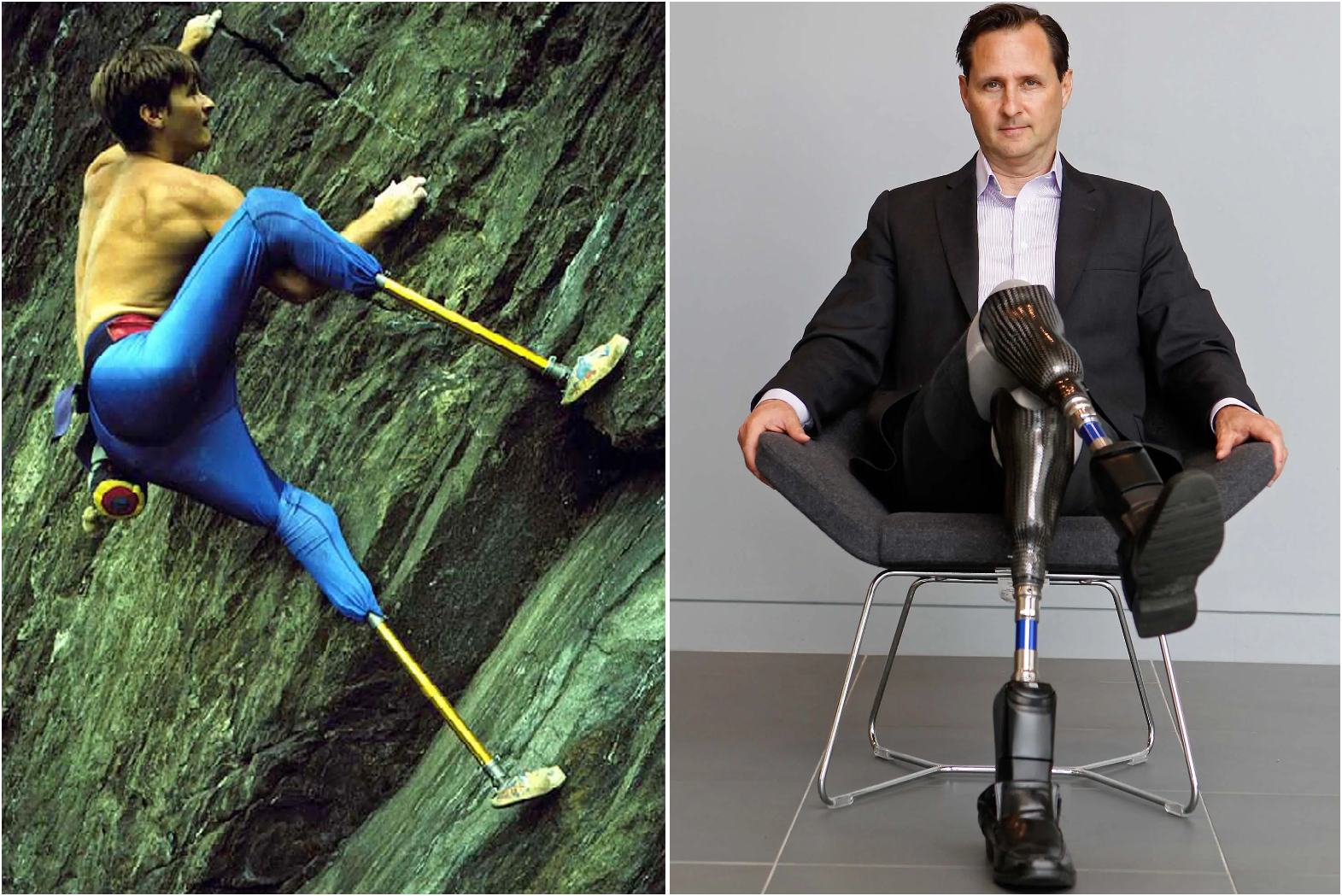Hugh Herr, a name synonymous with groundbreaking advancements in bionic prosthetics, has revolutionized the field of bionics with his innovative designs and relentless pursuit of enhancing human mobility. His work not only exemplifies the convergence of technology and human physiology but also offers new hope and possibilities for individuals with limb loss.
Early Life and Personal Journey
Hugh Herr's journey into the world of bionics began with a personal tragedy. An accomplished mountain climber, Herr lost both of his legs below the knees to frostbite after a climbing accident in 1982. Faced with the challenge of adapting to life with prosthetics, Herr turned his adversity into a catalyst for innovation, aiming to create prosthetic limbs that could offer capabilities comparable to or even surpassing natural limbs.

Academic and Professional Background
Herr holds a Master's degree in Mechanical Engineering from MIT and a Ph.D. in Biophysics from Harvard University. His academic pursuits laid a strong foundation for his research and development in bionics. Combining his engineering expertise with a profound understanding of human biomechanics, Herr embarked on a mission to transform prosthetic technology.
MIT Media Lab and the Biomechatronics Group
As the head of the Biomechatronics group at the MIT Media Lab, Herr has spearheaded numerous projects aimed at enhancing the functionality and comfort of prosthetic limbs. His team focuses on developing advanced technologies that integrate seamlessly with the human body, allowing for natural movement and sensory feedback.
Innovations in Bionic Limbs
One of Herr's most significant contributions is the development of powered bionic limbs, which use advanced robotics and artificial intelligence to mimic the natural movement of human limbs. These prosthetics are equipped with sensors and actuators that enable real-time adjustments based on the user's movements and environment. This technology not only improves mobility but also reduces the physical strain typically associated with conventional prosthetics.
The Empower Ankle
A standout innovation from Herr's lab is the Empower Ankle, the world's first bionic lower leg system that emulates the action of muscle and tendon to provide a natural gait. This prosthetic ankle uses a microprocessor and sensors to adapt to various walking speeds and terrains, significantly improving the user's walking efficiency and comfort.
Impact and Recognition
Hugh Herr's work has had a profound impact on the lives of countless individuals with limb loss, enabling them to regain a sense of normalcy and independence. His contributions to bionics have earned him numerous accolades, including the 2015 Princess of Asturias Award for Technical and Scientific Research. Herr's story and achievements have been featured in various media outlets, highlighting his role as a pioneer in the field.
Future Directions
Looking ahead, Herr and his team continue to push the boundaries of what is possible in bionics. Current research efforts are focused on enhancing the integration of bionic limbs with the nervous system to provide more intuitive control and sensory feedback. These advancements promise to further bridge the gap between biological and artificial limbs, bringing us closer to a future where bionic prosthetics are indistinguishable from natural limbs in terms of functionality and sensation.
Conclusion
Hugh Herr's revolutionary work in bionic limbs represents a significant leap forward in the field of prosthetics. By combining cutting-edge technology with an empathetic understanding of human needs, Herr has not only transformed prosthetic design but also redefined what is possible for individuals with limb loss. His legacy is a testament to the power of innovation and resilience in overcoming physical limitations and enhancing human potential.